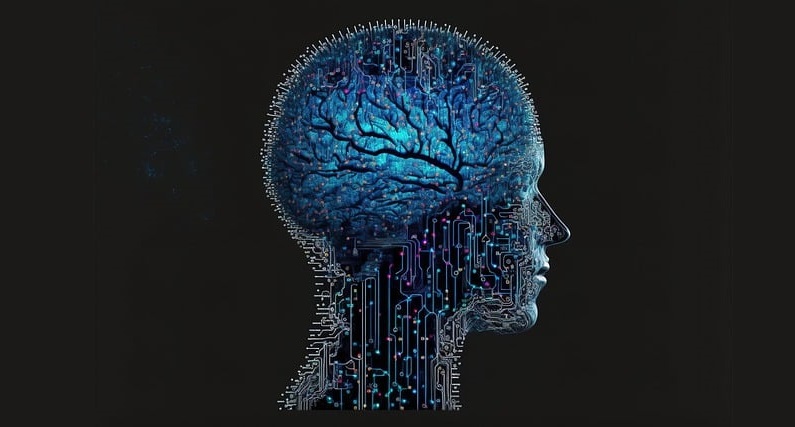In a groundbreaking study, researchers have unveiled a remarkable alignment between artificial neurons in deep learning models and real neurons in the brain when it comes to processing speech signals. This discovery sheds light on the potential for deep learning techniques to effectively encode language-specific information, resembling the capabilities of the human brain in speech processing.
Language-specific Predictions
The study has demonstrated that models trained in specific languages, such as English or Mandarin, successfully predicted the brain responses of native speakers of those languages. This finding not only showcases the power of deep learning models but also highlights their ability to capture and understand the intricate patterns and structures unique to each language. The effective encoding of language-specific information within these models presents exciting possibilities for future advancements in natural language processing and understanding.
AI’s Contribution to Understanding the Human Brain
The potential for artificial intelligence to significantly contribute to our understanding of the human brain is both exhilarating and thought-provoking. By harnessing the power of AI to analyze and interpret brain responses, researchers can gain invaluable insights into the neural underpinnings of audition. Deep learning techniques serve as a potent tool in unravelling the mysteries of the brain, moving us closer to comprehending the complex mechanisms underlying human speech processing.
Development of Enhanced Computational Techniques
The newfound understanding gained from this study paves the way for the development of enhanced computational techniques. These techniques aim to replicate the intricacies of the human auditory system more accurately. By closely emulating the brain’s capabilities, researchers can improve speech recognition systems, language translation algorithms, and even create more immersive virtual reality environments. This progress brings us one step closer to achieving seamless human-machine interactions and a better understanding of auditory perception.
Similarities Between Deep Neural Networks and the Biological Auditory Pathway
The University of California research team’s work expands our knowledge of the striking similarities between deep neural networks and the biological auditory pathway. These similarities highlight the fundamental principles shared between artificial intelligence models and the brain’s natural mechanisms. By uncovering these parallels, scientists gain vital insights into how the brain processes and comprehends speech, paving the way for further advancements in both deep learning and neuroscience research.
Stepping Stone for Advancement in Understanding the Brain
This study serves as a pivotal stepping stone for further exploration and advancements in understanding the brain. By unraveling the connections between deep learning models and real neurons, researchers can redesign AI models to better simulate and capture the intricacies of the human brain’s functioning. This process allows for a more comprehensive understanding of speech processing and other cognitive tasks, ultimately leading to the development of future AI models that closely mimic the brain’s capabilities.
Remarkable Similarities in Speech Representations
During their investigation, the researchers discovered remarkable similarities in the speech representations produced by the deep learning models and the neural activity in different brain regions associated with sound processing. This groundbreaking finding highlights the potential of AI models to capture the essence of speech signals in ways that closely resemble the human brain. The observed similarities pave the way for future research into how deep learning models can refine their speech representations to achieve even higher levels of accuracy and fidelity.
As the co-author of the study, Edward F. Chang, aptly stated, “We are just getting started, and there is so much to learn.” The study’s findings have ignited a wave of excitement and endless opportunities for exploration in both artificial intelligence and neuroscience. By aligning deep learning models with real neurons in speech processing, researchers have unearthed a wealth of knowledge that will shape the future of AI and our understanding of the brain. This achievement heralds a remarkable era of innovation, where the symphony of the human brain and intelligent machines harmoniously intertwine.

